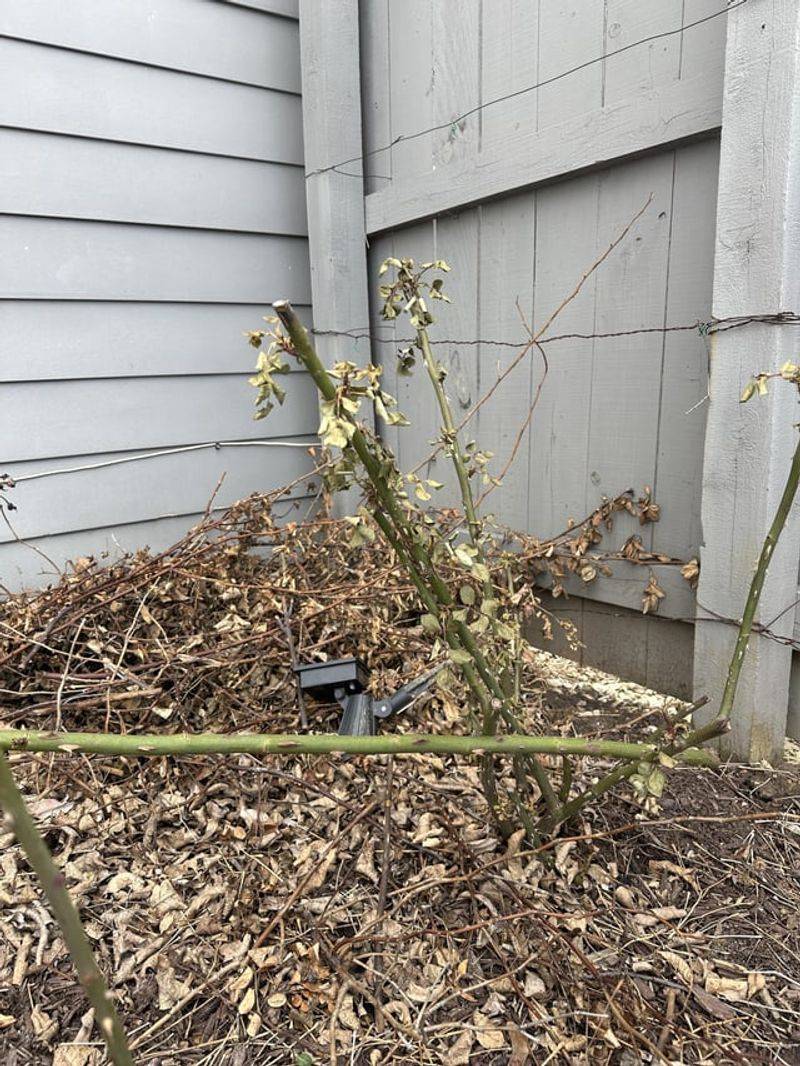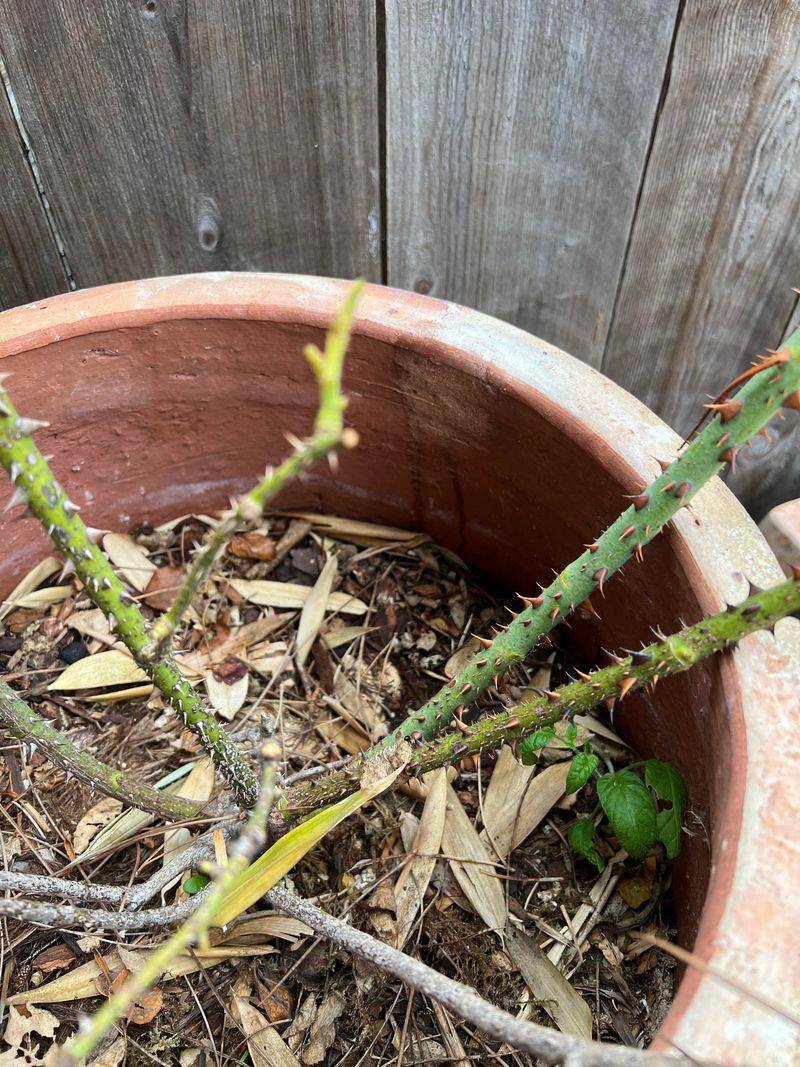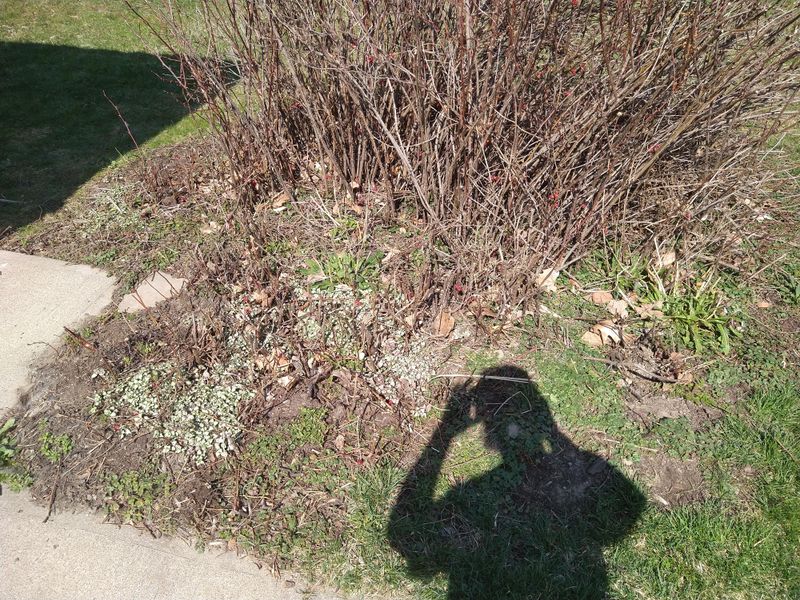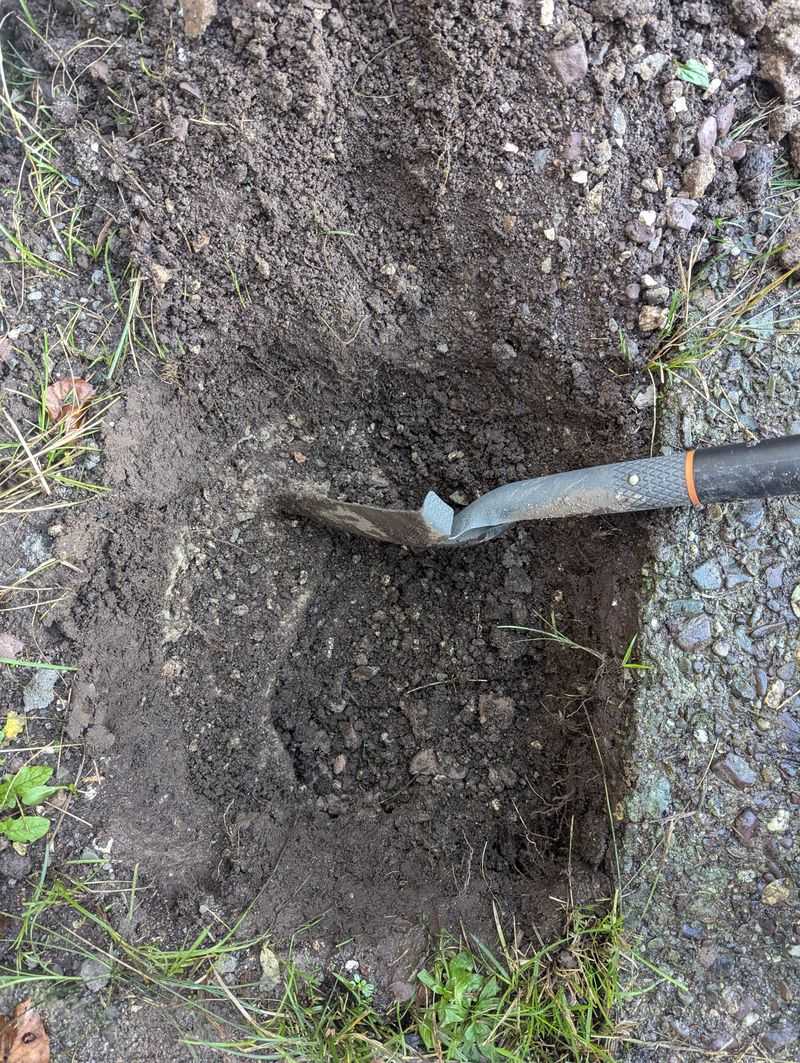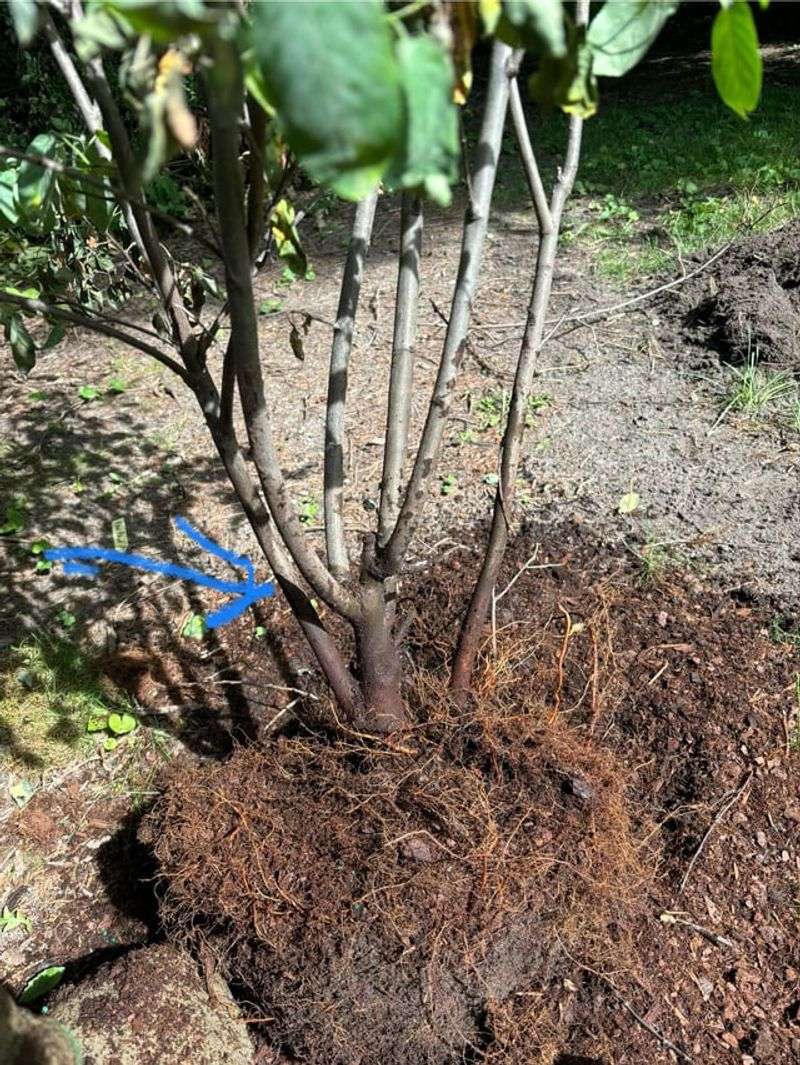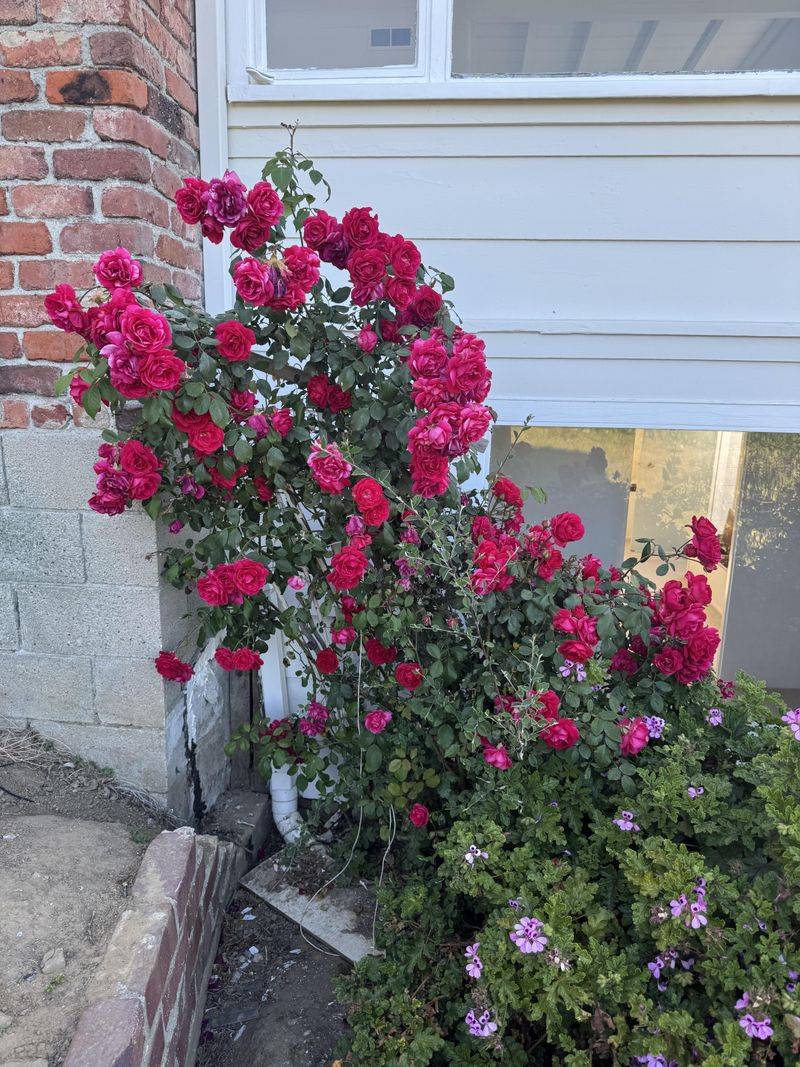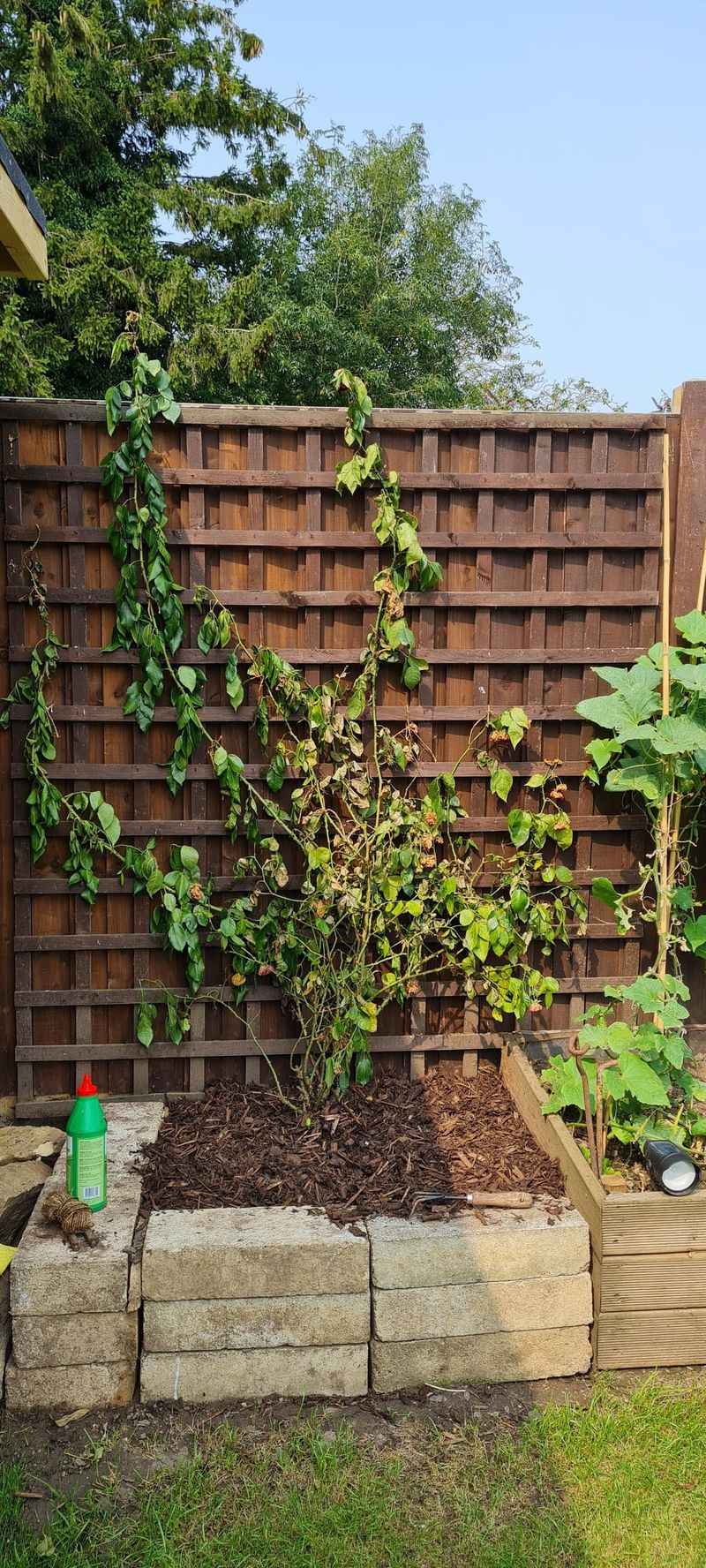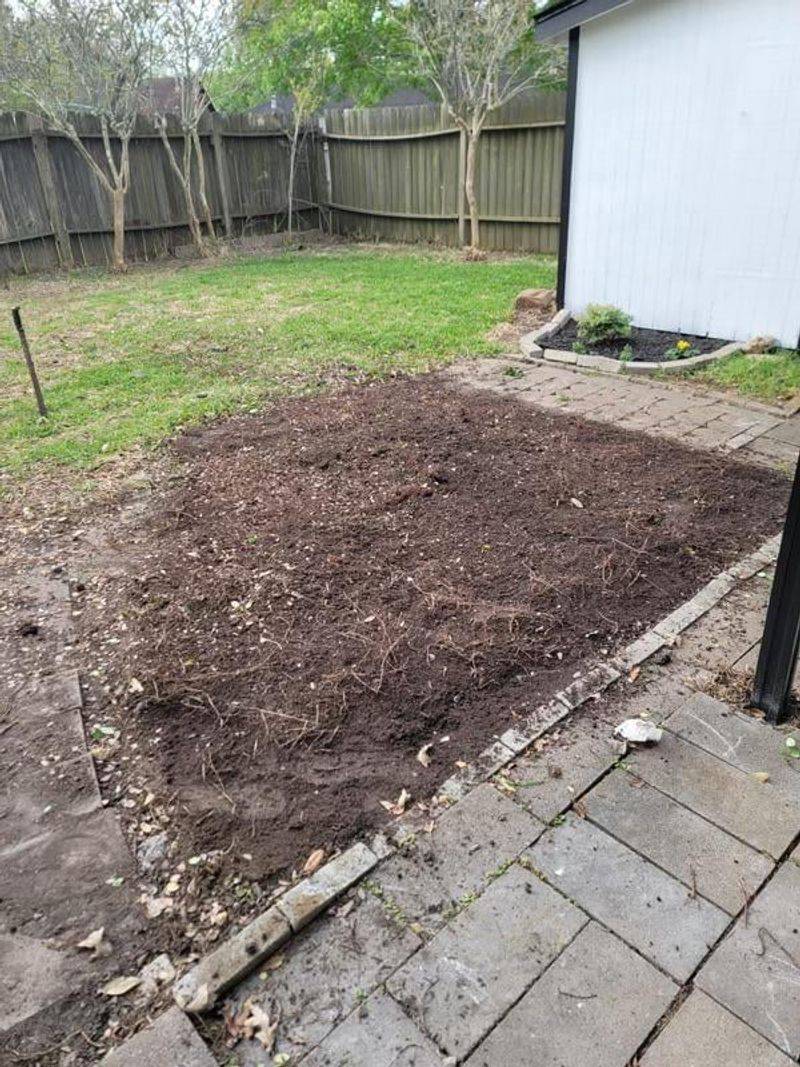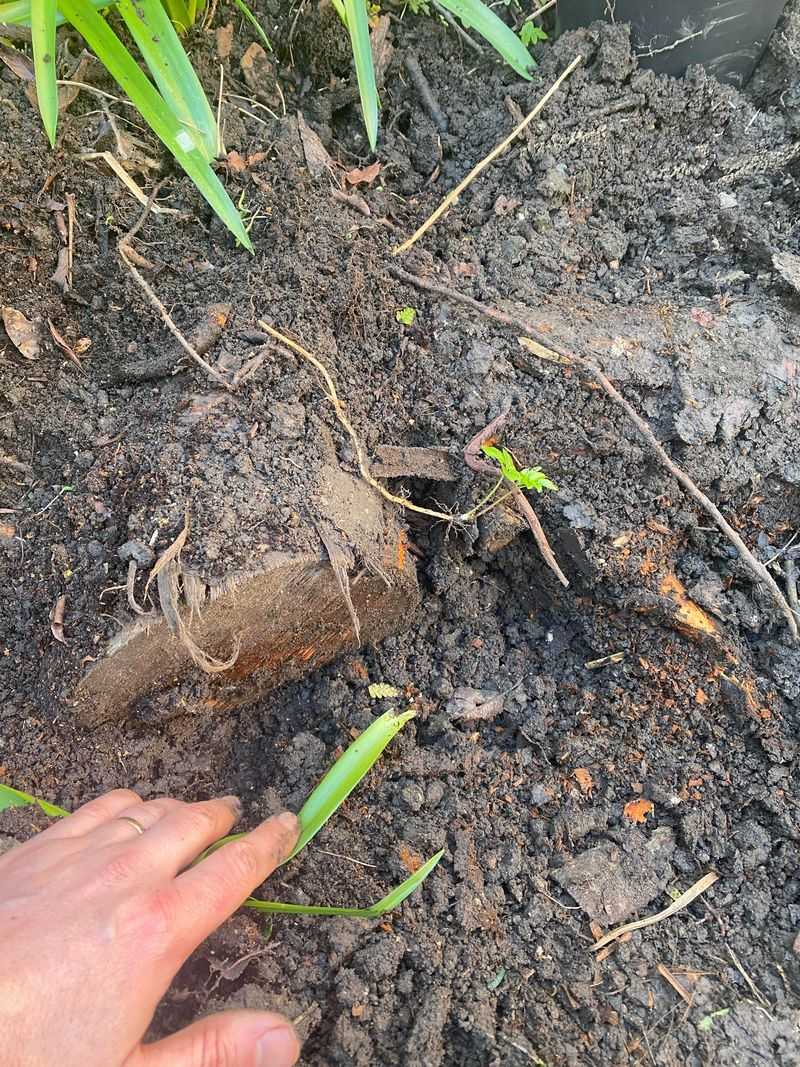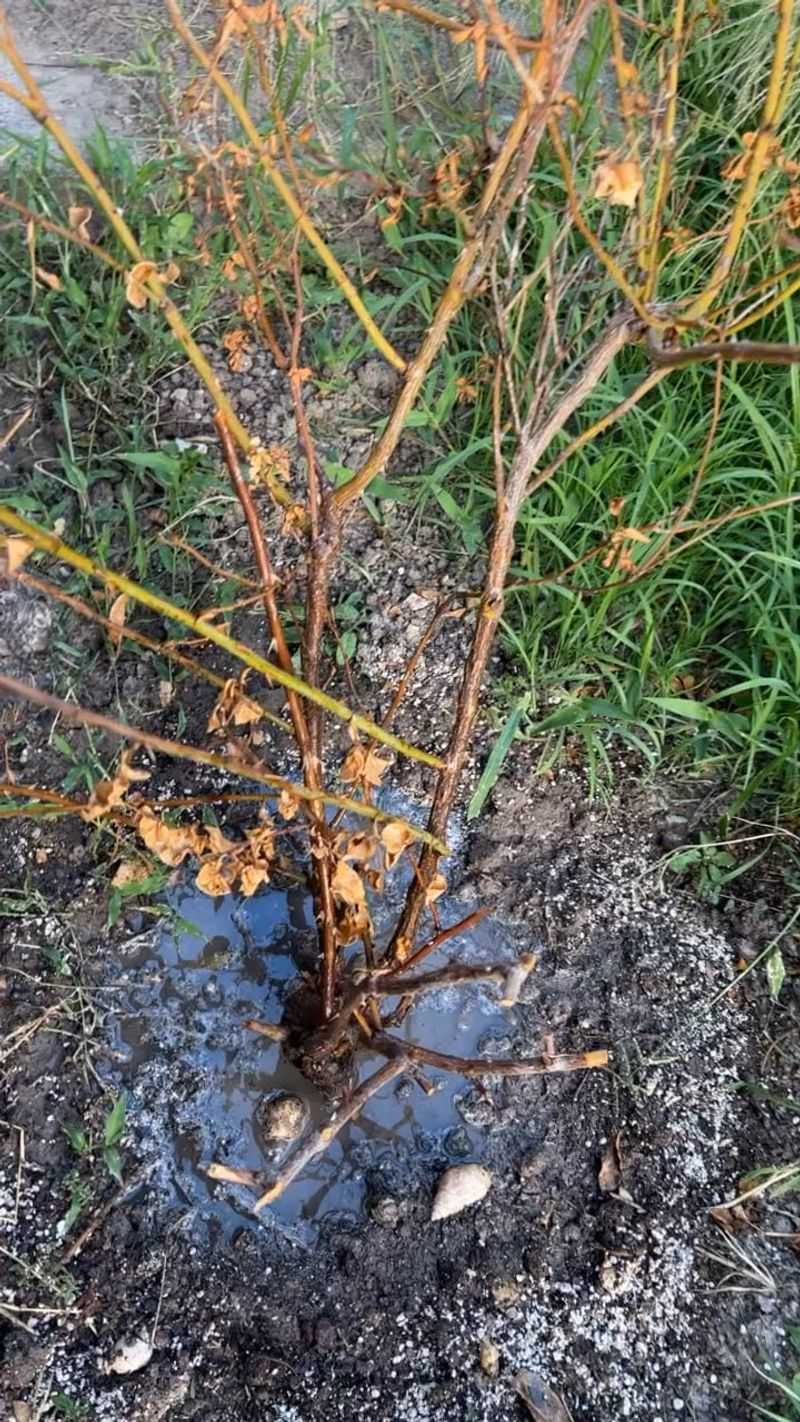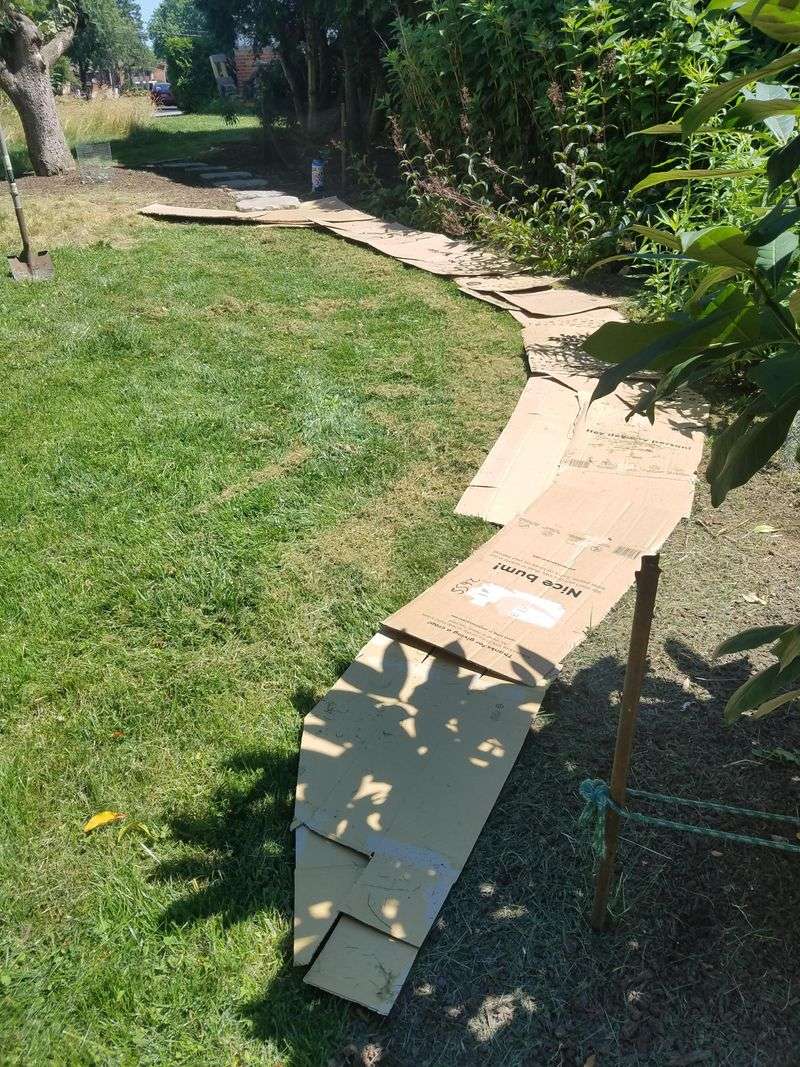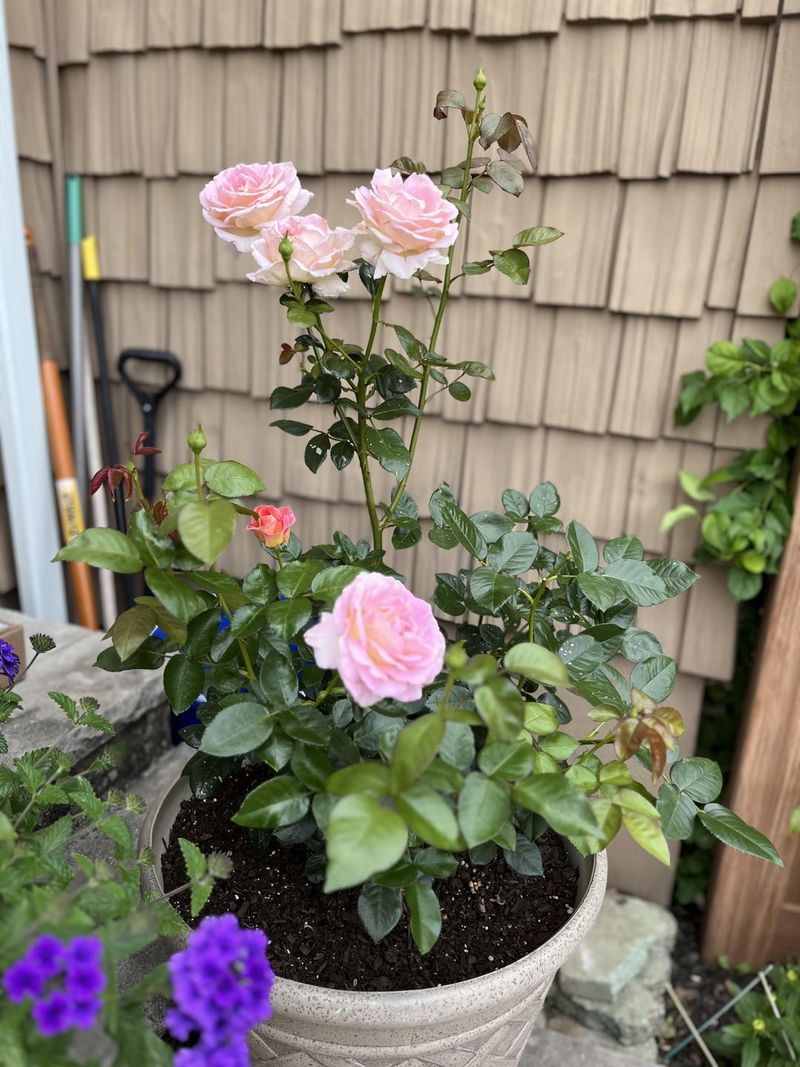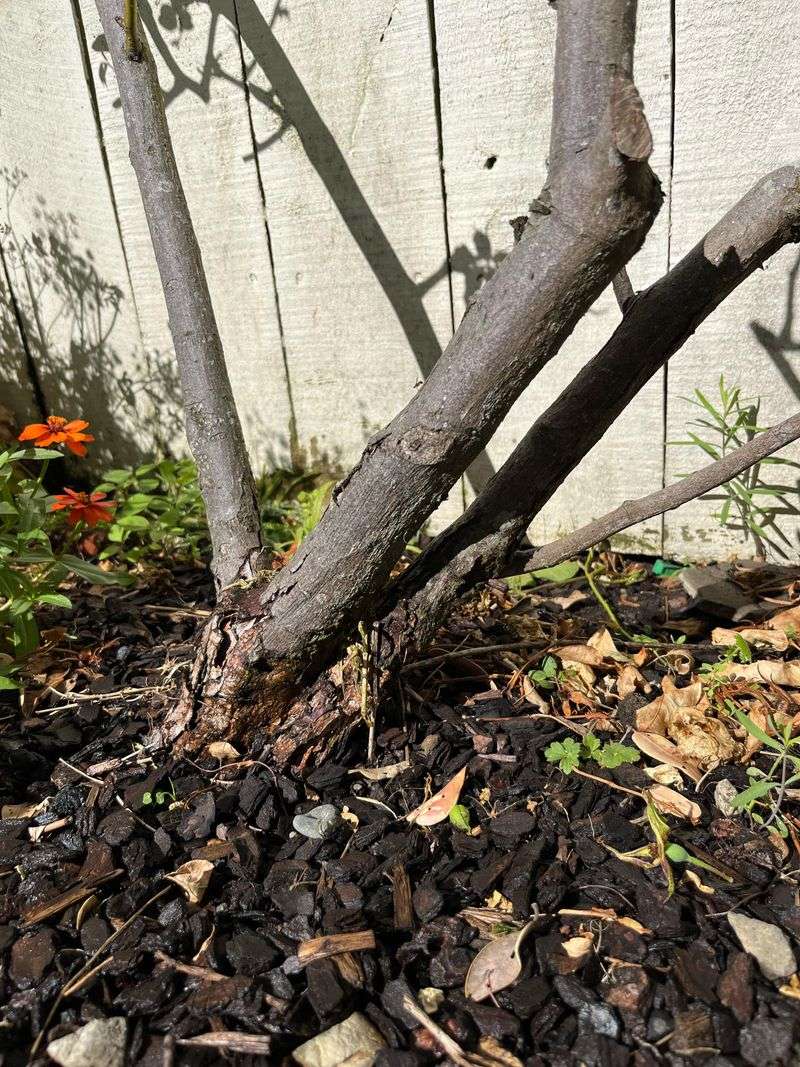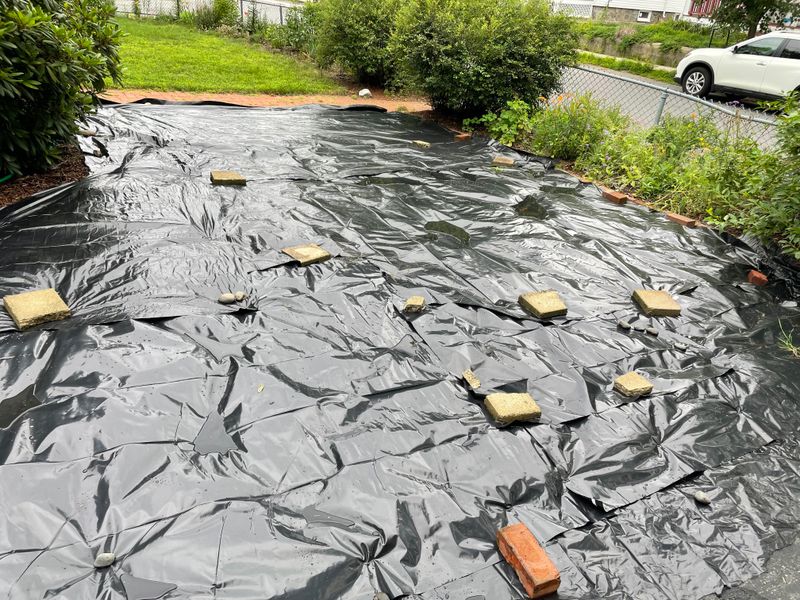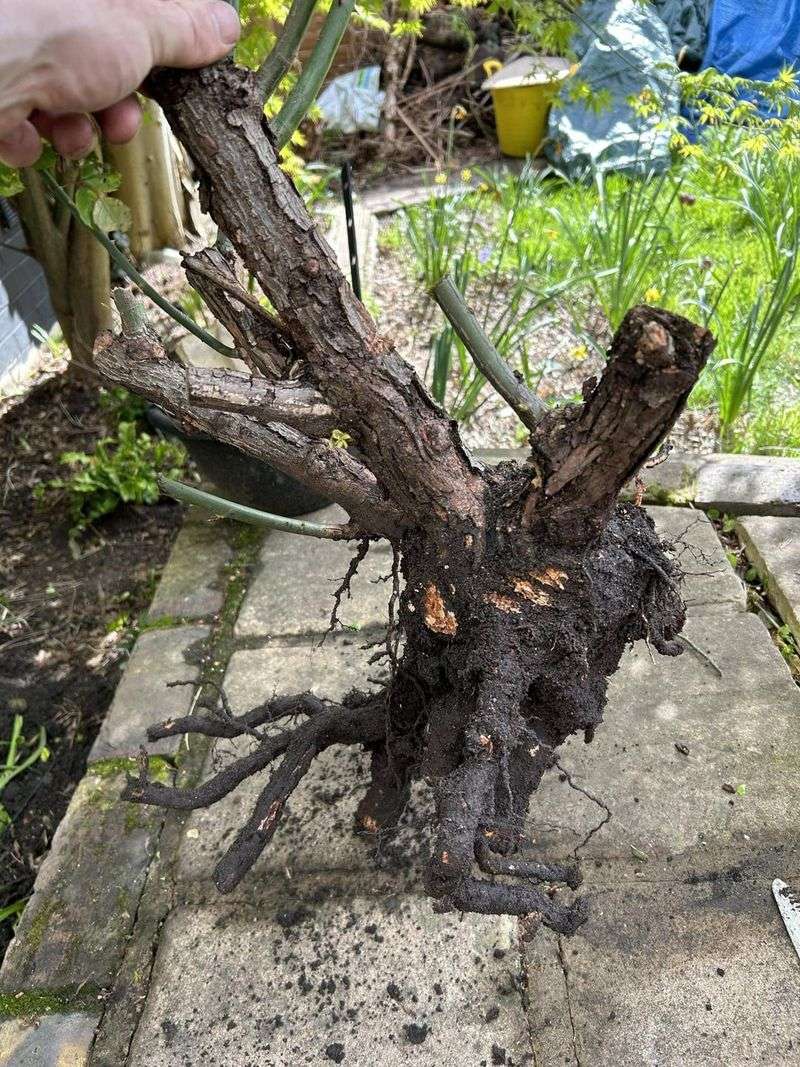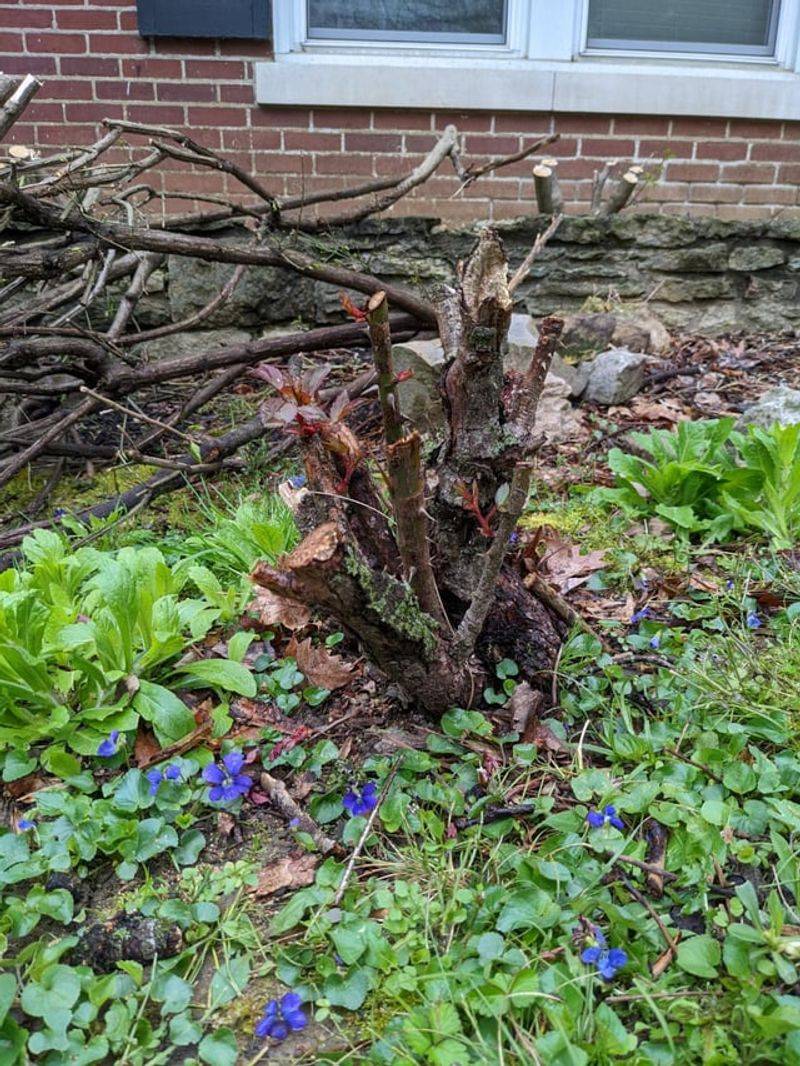Dealing with dried-up rose bushes can be a real pain—I’ve had my fair share of thorny battles. But with the right approach, you can clear them out without turning your garden into a mess.
I’ve picked up a few smart tricks that save time and protect the rest of your plants. Some methods are gentler than you’d think, and a couple might just surprise you.
Let’s make room for fresh growth without all the hassle.
1. Prune Before You Pull
Tackling the bush piece by piece makes the whole job easier. Start by cutting away dead branches with sharp pruning shears, working from top to bottom.
This methodical approach prevents accidentally yanking nearby plants or disturbing the soil too much. Once you’ve reduced the bush to a manageable size, the root removal becomes much simpler and less disruptive to your garden’s ecosystem.
2. Soak The Soil First
Water is your secret weapon for easier removal. Thoroughly drench the soil around your dead rose bush the day before you plan to remove it.
Moisture loosens the earth’s grip on those stubborn roots, making extraction significantly easier. You’ll save yourself unnecessary strain and reduce the chance of damaging neighboring plants when the ground is soft and cooperative.
3. Leverage A Garden Fork
Garden forks often work better than shovels for this particular task. Insert the fork about 8-10 inches away from the main stem, pushing deep into the soil.
Gently rock the fork back and forth to loosen the root ball. The tines of the fork can navigate around roots more easily than a shovel blade, reducing damage to the surrounding soil structure and preserving your garden bed’s integrity.
4. Dig A Trench Method
Creating a moat around your unwanted rose opens up multiple angles of attack. Dig a circular trench about 12 inches away from the main stem, going down about 8-10 inches deep.
This exposes the outer roots, making them easier to cut with pruners or a saw. Working your way around the circle gradually frees the root ball from its earthly home without turning your entire garden bed into a disaster zone.
5. Root Slicing Technique
Surgical precision makes all the difference when removing established roses. Use a sharp spade to slice through roots as you work around the bush in a circle.
Make clean cuts rather than tearing at the roots. This methodical approach minimizes soil disturbance and prevents damage to neighboring plants’ root systems, preserving the health of your garden while efficiently removing the unwanted rose.
6. Winch And Pulley System
For particularly stubborn specimens, mechanical advantage saves the day. Attach a sturdy rope around the base of the rose bush and connect it to a winch secured to a stable anchor point.
Slowly apply tension to pull the bush upward. This controlled extraction method directs the force exactly where needed, minimizing garden disruption. Just ensure your anchor point is sturdy enough to handle the load!
7. Chemical Root Killer (Organic Options)
Sometimes a gentler approach works best for your garden ecosystem. After cutting the bush to ground level, apply an organic root killer like horticultural vinegar or clove oil directly to the freshly cut stump.
These natural options break down the remaining root structure without harming surrounding soil health. Cover the treated area with a small pot or bucket to prevent rain from washing away the solution before it can do its work.
8. Stump Grinding Approach
Renting a stump grinder offers quick resolution for substantial rose bushes. After removing the above-ground portion, use a small stump grinder to pulverize the remaining root crown.
The resulting wood chips and sawdust can be mixed into your compost pile or spread as mulch. This method eliminates the need for extensive digging while recycling the plant material back into your garden in a beneficial form.
9. Root Ball Extraction Tool
Specialized tools make tough jobs remarkably easier. A root ball extractor (sometimes called a weed wrench) clamps onto the base of the rose bush and provides impressive leverage for pulling it straight up.
This focused approach minimizes soil disturbance while efficiently removing the entire root system. Look for these tools at garden centers or tool rental shops when facing particularly stubborn specimens with substantial root structures.
10. The Rot-In-Place Method
Sometimes the gentlest approach is simply waiting. Cut the rose bush down to soil level, then drill several deep holes into the remaining stump.
Fill these holes with compost or nitrogen-rich fertilizer and keep the area moist. Nature takes over as fungi and bacteria break down the wood. While slower than other methods, this approach enriches your soil while minimizing disruption to the surrounding garden.
11. Cardboard Smothering Technique
Sunlight deprivation offers a non-invasive solution. Cut the rose bush down to ground level, then cover the area with several layers of cardboard topped with a thick layer of mulch.
This blocks light and oxygen, gradually killing the remaining roots. Over several months, earthworms and microbes will break down both the cardboard and root system, transforming what was once a problem into nutrient-rich soil.
12. The Pot-In-Pot Replacement
Transform the problem spot into a new opportunity. After removing most of the rose bush, place a large container in the hole where the rose once stood.
Fill with fresh potting soil and plant something new. This clever workaround avoids dealing with deep, stubborn roots while giving you a perfect spot for seasonal flowers or plants that might otherwise struggle in your garden soil.
13. Mycorrhizal Fungi Application
Enlist nature’s demolition crew for root removal. After cutting down the rose bush, apply mycorrhizal fungi products directly to the remaining stump and surrounding soil.
These beneficial fungi accelerate the decomposition process of woody material. Regular watering activates the fungi, which break down the tough root structure over time. This biological approach improves soil health while gradually eliminating the unwanted rose bush remains.
14. Tarping And Solarization
Harness the sun’s power to eliminate stubborn roots. After cutting the rose bush to ground level, cover the area with clear plastic sheeting and secure the edges firmly.
The greenhouse effect created underneath will cook the remaining root system. This method works best during hot summer months. While waiting, you can focus on other areas of your garden, knowing the rose roots are being naturally eliminated.
15. Protective Barrier Installation
Prevent root damage to nearby plants with strategic barriers. Before digging out the rose bush, insert plastic or metal barriers into the soil between the rose and valuable neighboring plants.
These shields prevent accidental damage to adjacent root systems during removal. This extra precaution pays dividends by protecting your garden investments, especially when removing roses planted near expensive perennials or delicate specimens.
16. Hire Professional Help
Sometimes calling in the experts is the smartest approach. Professional gardeners have specialized tools and techniques for removing established roses without disrupting your garden design.
They can extract the entire root system efficiently, saving you time and preventing potential damage to irrigation systems or other plants. For particularly large specimens or when multiple bushes need removal, this investment often pays for itself in preserved garden health.


